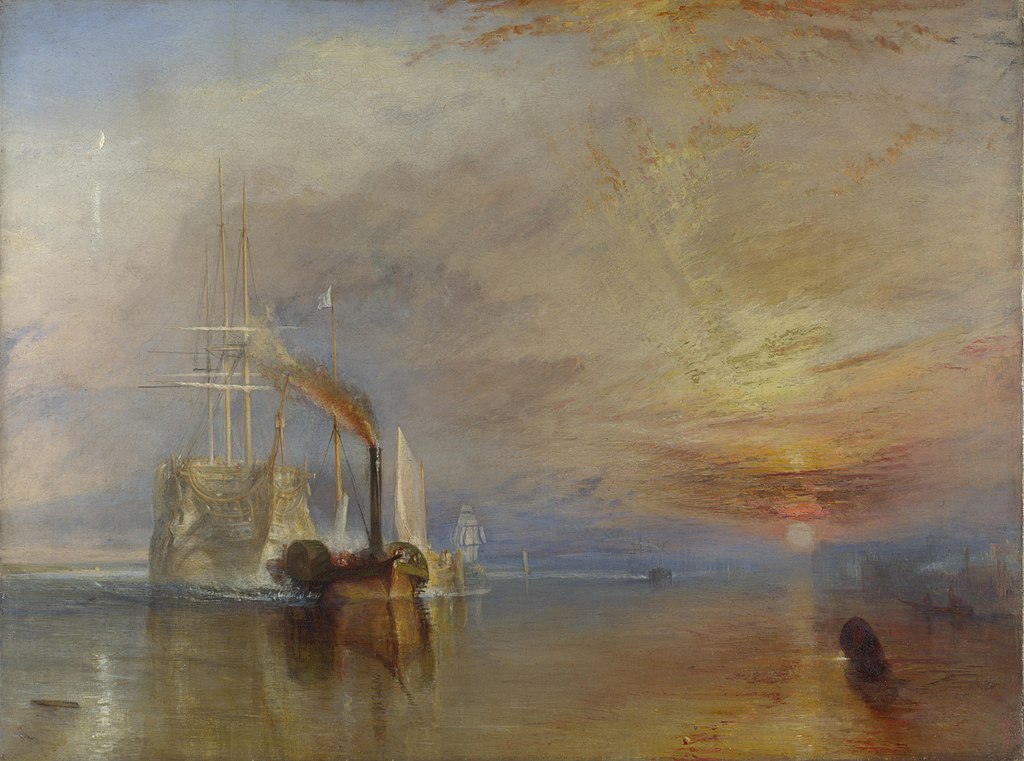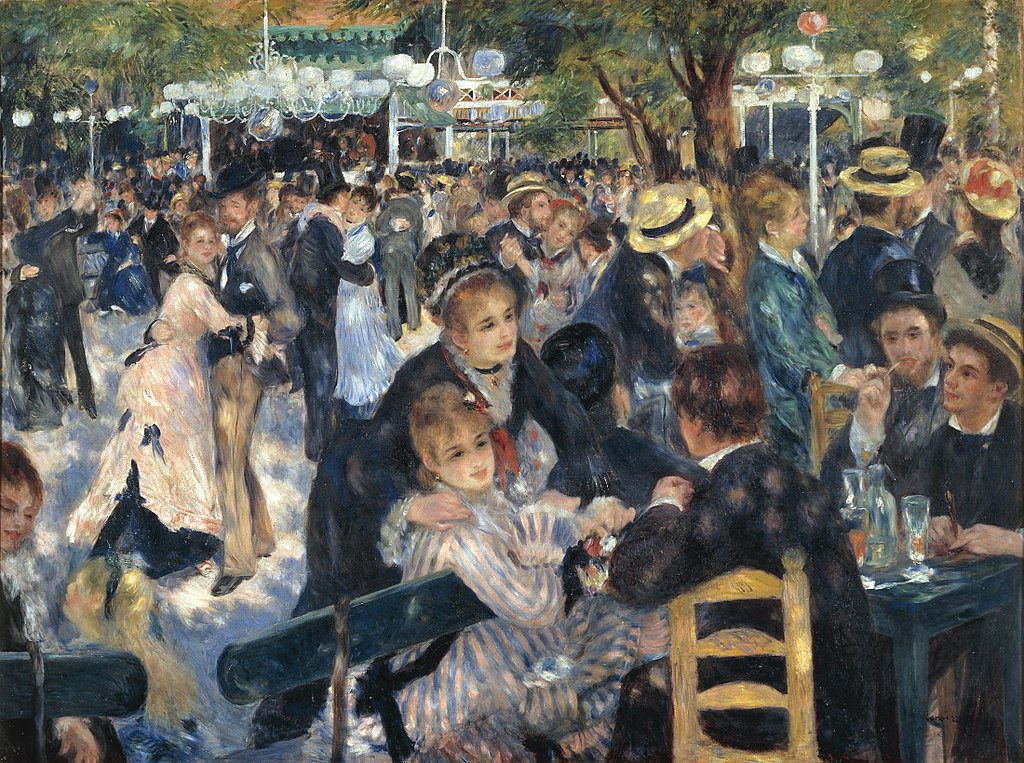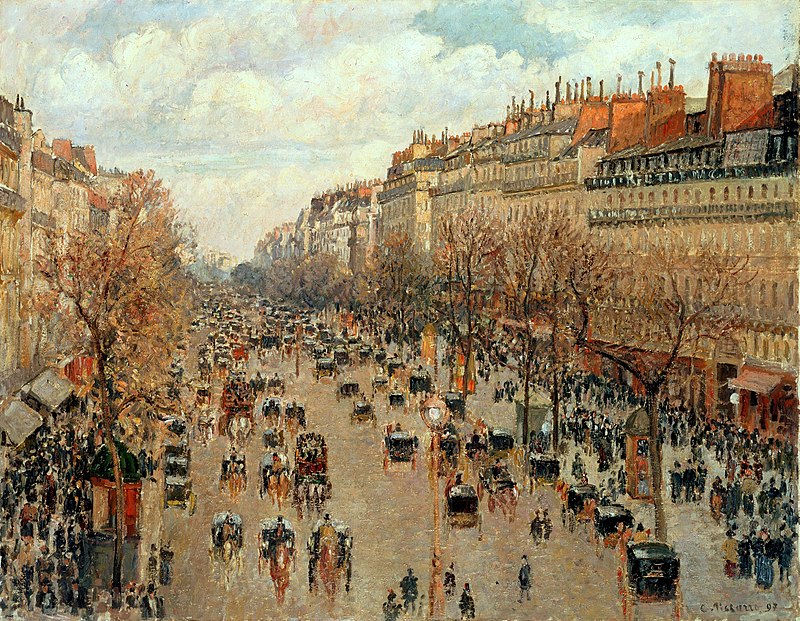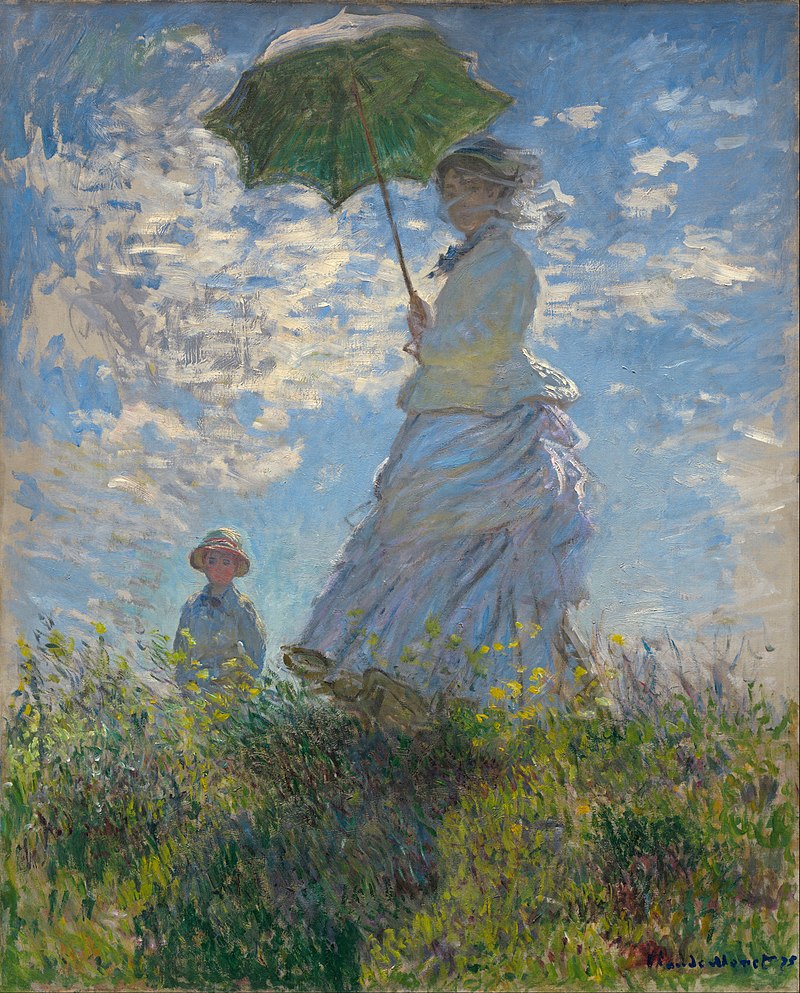From 1850 to 1895: A Summary
The age of Enlightenment was highlighted by King Albert’s Crystal Palace which hosted the Great Exhibition in 1851. Over six million people from around the world came to attend the event, in which thousands of stands and curiosities spanning over 10 miles stood. Later, in 1859, Charles Darwin published his book ‘The Origin of Species’, and in 1861, William Morris created Morris and Company, and is now credited for beginning of the later Arts and Crafts movement. His aim was to return to the time when every object was hand-crafted with care, and he came up with a multitude of patterns resembling those of old illuminated manuscripts to decorate wallpaper, carpets and curtains.
From the 1880s to the 1890s was the true beginning of the Arts and Crafts movement. In 1882, the Century Guild founded by AH Mackmurdo and Selwyn Image. They wanted craft to be valued on the same level as Fine Art. Following this came the founding of the School and Guild of Handicraft by CR Ashlee, as well as the publishing of the Century Guild Hobby Horse magazine. The emergence of these magazines encouraged literacy as well as more work opportunities for illustrators, designers. Advertising was also elevated to a new level with this.
It’s really difficult not to include everything in this summary as it feels as all that we learned about made a significant impact on the world in different ways. The creation of the Linotype machine, the emergence of Japanese-inspired artwork, fashion and way of living, and the blossoming of impressionism all occurred in this time frame. The first postcards without images were immensely popular in 1869, and soon photography brought imagery everywhere to a new level. With the invention of the Kodak camera in 1889, this technology became available to the general public. (Check out last week’s post for more background on the evolution of photography!)
While there is much more to talk about, what I found most interesting about this time is the work of Jules Cheret. He really brought out the notion that important figures should be highlighted in bold colours, and had a tremendous role in empowering women and supporting the suffrage movement. He was also very sought after, which was pretty much a first for a designer.
Impressionism: Is it really ‘Art’?
Impressionism is an art movement that developed in France in the late 19th century. It gained its name from a painting by Monet entitled Impression, Sunrise (1874), and the style itself was strongly inspired by both Édouard Manet’s own early style as well as Turner’s late works such as The Fighting Temeraire (1839) and The Great Western Railway (1844). In painting, impressionism was most prominent in works produced from 1867 to 86 by a group of artists who shared approaches, techniques, and discontent with academic teaching. The original group included Claude Monet, Pierre-Auguste Renoir, Camille Pissarro, Alfred Sisley, and Berthe Morisot. Later on, Édouard Manet, who was in turn influenced by the impressionists, Mary Cassatt, Edgar Degas, Paul Cézanne as well as others joined them.

The distinct feature of the work of these artists was the attempt they made to record a scene accurately and objectively. They aimed to capture the fleeting effects of light on colour and texture.

To do this, they left behind the traditional muted brown, grey, and green colours and adopted a lighter, more brilliant palette. They stopped using greys and blacks for shadows, and built up forms out of subtle flecks and dabs of colour; and often painted out of doors rather than in a studio. Traditional, formal compositions were discarded in favour of a more casual and less minutely configured array of objects in the painting. The impressionists’ subject matters ranged from landscapes, trees and houses to urban street scenes, plein air gatherings and railroad stations.

The French Academy’s Salon, a group of academics that determined whether art was worthy or not to be exhibited, was consistently rejecting most of the Impressionists’ works. So, the group held their own exhibition in 1874 at their own ‘Salon des Refusés’; seven others followed. A critic mockingly described the artists as “impressionists,” and they then adopted the name as they thought it accurately described their intention. Impressionism wasn’t accepted at the time of their first few exhibitions, but the style became influential from the late 1880s after the group dissolved.

Cited:
Wikipedia, ‘Impressionism’: https://en.wikipedia.org/wiki/Impressionism
Britannica Concise Encyclopedia, ‘Salon des Refuses’: https://search-credoreference-com.ezproxy.capilanou.ca/content/entry/ebconcise/salon_des_refuses/0
The Princeton Encyclopedia of Poetry and Poetics, Impressionism: https://search-credoreference-com.ezproxy.capilanou.ca/content/entry/prpoetry/impressionism/0
Philip’s Encyclopedia, Impressionism: https://search-credoreference-com.ezproxy.capilanou.ca/content/entry/philipency/impressionism/0
Bloomsbury Guide to Human Thought, Impressionism: https://search-credoreference-com.ezproxy.capilanou.ca/content/entry/bght/impressionism/0